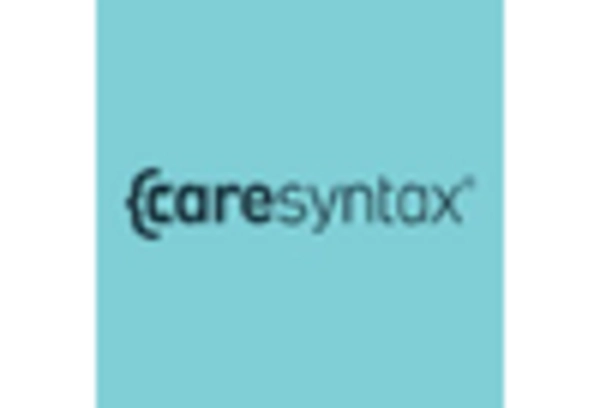Hospital Asset Tracking Inventory Management System Market Summary
As per MRFR analysis, the Hospital Asset-tracking and Inventory Management System Market was estimated at 2.693 USD Billion in 2024. The market is projected to grow from 3.004 USD Billion in 2025 to 8.964 USD Billion by 2035, exhibiting a compound annual growth rate (CAGR) of 11.55 during the forecast period 2025 - 2035.
Key Market Trends & Highlights
The Hospital Asset-tracking and Inventory Management System Market is experiencing robust growth driven by technological advancements and increasing operational efficiency demands.
- The integration of IoT technologies is transforming asset-tracking systems, enhancing real-time monitoring capabilities.
- North America remains the largest market, while the Asia-Pacific region is emerging as the fastest-growing area for hospital asset management solutions.
- RFID technology continues to dominate the market, whereas barcode systems are witnessing rapid growth due to their cost-effectiveness.
- Rising demand for operational efficiency and a heightened focus on patient safety are key drivers propelling market expansion.
Market Size & Forecast
| 2024 Market Size | 2.693 (USD Billion) |
| 2035 Market Size | 8.964 (USD Billion) |
| CAGR (2025 - 2035) | 11.55% |
Major Players
GE Healthcare (US), Siemens Healthineers (DE), Philips Healthcare (NL), Zebra Technologies (US), Caresyntax (US), Oracle (US), IBM (US), MediTract (US)
















Leave a Comment